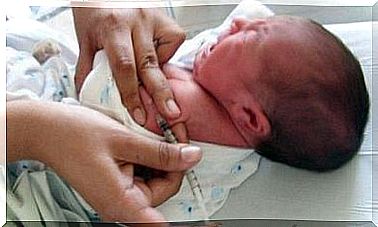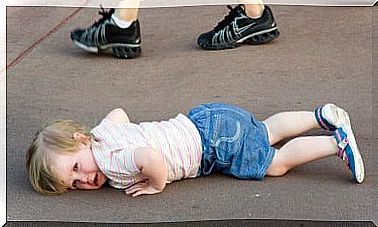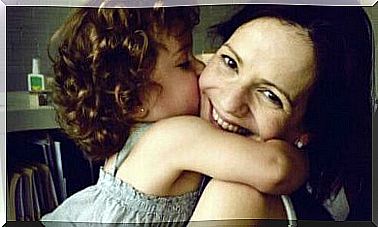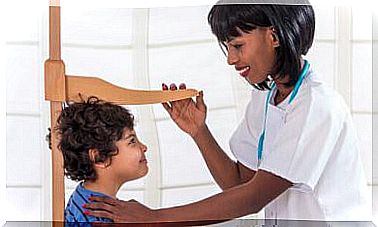Caring For Your Caesarean Scar After Birth – Being Parents

Caesarean scar care is simple, but it must be done carefully to achieve optimal recovery. While healing, it will be crucial to prevent infections and watch for bleeding or possible openings.
Below we give you some practical tips for caring for cesarean scar after childbirth and improving healing.
The evolution of the cesarean scar after childbirth
When the mother comes out of the operating room, she will see that the scar will be covered with a surgical bandage. During the first few weeks, it is essential to constantly monitor the healing to verify that there is no bleeding or opening. It will also be important to change the dressing to avoid infection.
After a few days, the scar will no longer need to be permanently covered. Usually, any dry wound or scar heals faster when discovered. Bandages generate a concentration of moisture which can promote the proliferation of many microorganisms and pathogens.
In a normal course, this scar should not present any relief and its predominant color will be pink. However, about 5% of women develop keloids during return to work. Keloids are characterized by an abnormal growth of scar tissue and are more common in people with dark skin.
Therefore, the postpartum healing of every woman should be accompanied by her attending physician. The trained professional can discover keloid formation and suggest treatment to improve the appearance of the scar.
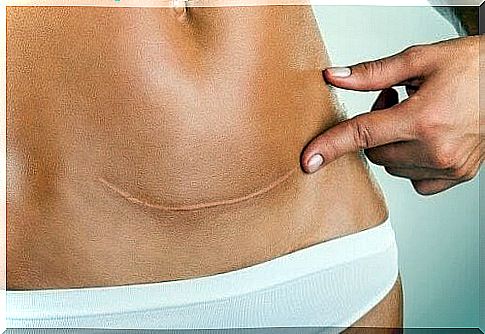
Preparing the skin during pregnancy facilitates postpartum care
To facilitate the care of the caesarean scar and prevent keloids, we recommend preparing the skin during pregnancy. The ideal is to apply a high quality moisturizer or aloe vera to improve the elasticity of the skin. This will prevent the skin from cracking and provide better healing after cesarean section.
Pregnant women should also educate themselves to improve the quality of their skin.
We recommend that pregnant women maintain an excellent protein intake and enhanced hydration. In addition, the consumption of fruits and vegetables will be essential to strengthen its immune system and prevent constipation.
Caesarean scar: daily hygiene
Daily cleansing of the cesarean scar will be crucial in removing impurities and preventing infections. To wash it, you should use only warm water and neutral soap and make very gentle movements. Soaps that contain perfumes, exfoliants or antibacterials should be avoided as this irritates the skin.
After washing the scar and rinsing it thoroughly with water, it is essential to dry it well. This is because humidity facilitates the proliferation of bacteria and other pathogens. To obtain a good drying, the ideal is to use clean gauze and to make light “touches” on the scar.
While bathing and drying, it is important to avoid making sudden movements or straining the abdominal muscles. Any impact or poor exertion in this area can interfere with healing.
Not covering the wound speeds up healing
Wound bandaging creates a moist microclimate on the wound which, in addition to facilitating the proliferation of microorganisms, hinders healing. The longer you can leave the caesarean scar open, the easier and faster it will heal.
However, if you have to go outside and the clothes are causing you discomfort, you can make a simple bandage using hypoallergenic gauze and plaster.
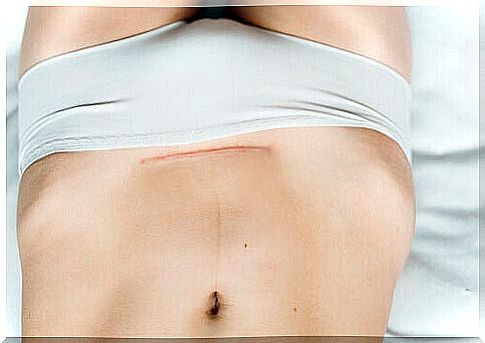
Prefer soft and cotton clothes
During the healing process, we recommend that women use soft and light clothing, preferably cotton. Thick fabrics cause the body to sweat, which can generate moisture in the abdominal area. As a result, the scar is exposed to a large number of microorganisms.
If the temperatures are very low, you can use cotton clothing to make contact with the scar. The most important thing is that the tissue that comes in contact with the skin does not interfere with healing or cause an allergic reaction.
Each woman is a unique being and owns a unique organism. For this reason, the care of the caesarean scar must take into account the specific needs of each mother and her own body. The accompaniment of the physician will be essential in establishing the guidelines for recovery and guiding the healing process.


